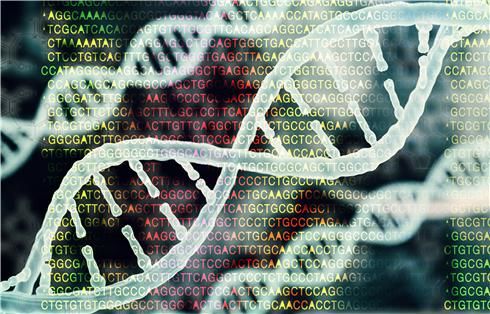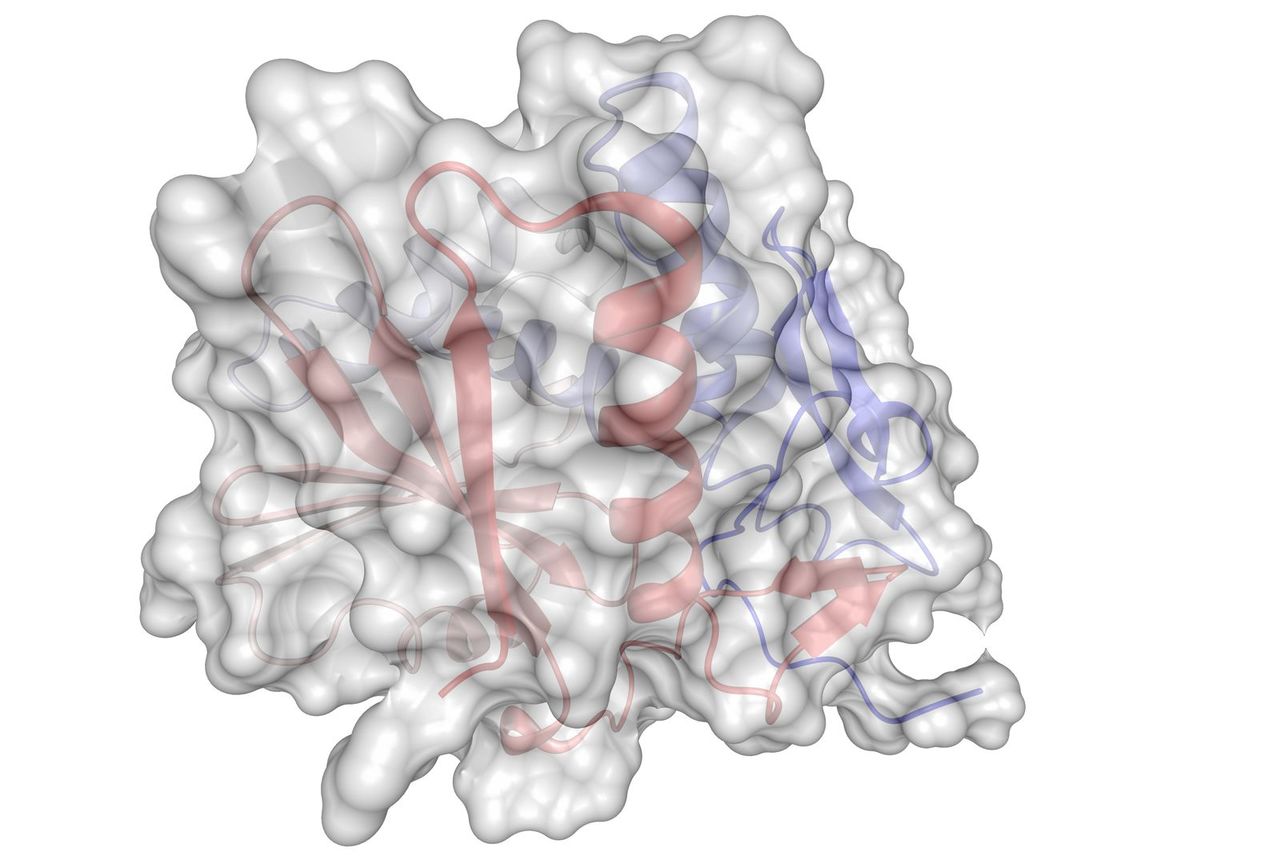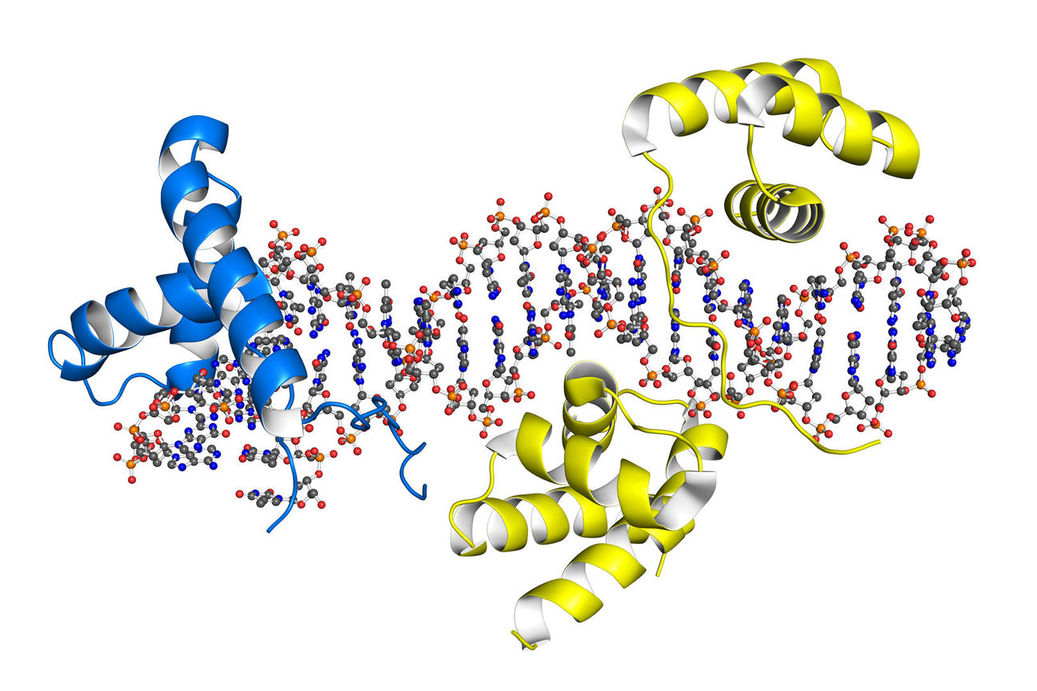Glycan HPLC Data Interpretation, Integration and Visualization
Unraveling the Secrets of Glycan Structures through HPLC Data Visualization
Glycans are common molecules in biology and they exhibit higher structural diversity than other biomolecules. The use of databases and tools to Analyze and Predict Glycan Structures is an important aspect of glycobiology. CD BioGlyco utilizes a wide range of bioinformatics techniques for Glycan Data Interpretation, Integration, and Visualization thereby supporting glycobiologists in their in-depth research on glycans.
High-performance liquid chromatography (HPLC) is a high-throughput method for analyzing glycans because of its high sensitivity. Here, we provide glycan HPLC data analysis services as shown below.
Data matching
The analysis of glycans using HPLC often requires labeling of glycans using fluorescent molecules. Based on this feature, we calibrate the obtained HPLC spectra of glycans against a dextran ladder labeled by fluorescent molecules, match them with glycan databases (assigning possible glycan structures to each HPLC peak), and then analyze the glycan structure and composition in depth.
We provide glycan databases covering a large amount of information, such as functional groups of glycans, biosynthetic pathways of glycans, and structural and chemical information of natural or non-natural glycans, which can be used to interpret, integrate and visualize glycan HPLC data with high accuracy.
Data confirmation
Once the HPLC peaks for glycans have been assigned, they can be confirmed by a series of exoglycosidic ribonuclease digests. The database matching process analyzes the structure with high precision based on the exoglycosidase digestion footprint. Thus, sequential digestion of glycans with exoglycosidases can be used to accurately and quantitatively sequence glycans.
In addition, the removal of monosaccharides from the nonreducing results in predictable changes in glycan retention times, thus allowing structure assignment when HPLC analysis is combined with exoglycosidase digestion.

Publication Data
Technology: HPLC
Journal: Scientific Reports
IF: 4.6
Published: 2022
Results: The authors analyzed N-glycan in patients with type II diabetes mellitus (T2DM) using HPLC and analyzed the HPLC data using a multivariate integration technique. This process was successful in identifying associations between different types of N-glycan measurements and N-glycan characteristics and expressing their contributions in patients with type 2 diabetes and healthy populations. Among them, the N-glycan group was significantly expressed in T2DM. Four clusters were observed based on the correlation of the expression profiles of 39 N-glycans in T2DM and controls. These four clusters had 16, 16, 4, and 3 N-glycans, respectively, and univariate analysis revealed that 11, 8, 1, and 1 of them were differentially expressed between controls and patients with type 2 diabetes.
 Fig.1 Analysis procedure of N-glycan. (Adua, et al., 2022)
Fig.1 Analysis procedure of N-glycan. (Adua, et al., 2022)
Applications
- Interpretation and visualization of glycan HPLC spectra can be used to verify the purity and quality of products in glycan synthesis.
- Certain diseases or disease states can have an impact on glycan synthesis and degradation processes, so glycan HPLC data analysis can be used to explore methods of diagnosis and monitoring of disease.
- During drug development, researchers can utilize glycan HPLC data interpretation to assess the toxicity and safety of glycan-related drugs.
Advantages
- We utilize professional data analysis tools and techniques to provide in-depth interpretation and analysis of glycan HPLC data to help our clients better understand the structure and content of glycans in their samples.
- Our glycan HPLC data integration and visualization enables rapid access to information on the glycan composition of samples, helping our clients to make efficient decisions, such as product quality control and R&D direction choices.
- Our glycan HPLC data interpretation and visualization services provide more accurate data support for new product development, improving R&D efficiency and success.
Frequently Asked Questions
- How to handle and integrate large amounts of glycan HPLC data?
- Data cleaning and preprocessing: Remove glycan HPLC outliers, and perform data normalization and other operations.
- Data integration and consolidation: Glycan HPLC data from different samples or experiments are integrated into a unified dataset.
- Data analysis and visualization: Analyze and present the integrated data using visualization tools.
- Interpretation of results and report generation: Interpret glycan HPLC data analysis results and generate reports.
- How to accurately identify and distinguish between different glycosyl structures in glycan HPLC data interpretation and visualization?
- Glycosyl library comparison: Potential structures can be identified by comparing experimental data to a database of known glycosyl structures.
- Mass spectrometry analysis: Combining fragmentation mapping with mass spectrometry techniques to determine the composition and structure of the glycan groups.
- Reference standard comparison: Comparison using known standards can help to confirm the structure of the glycan groups in experimental results.
CD BioGlyco has been in the field of glycoinformatics for many years and is committed to providing high-quality and reliable glycoinformatics data analysis. Our glycan HPLC data interpretation, integration, and visualization services provide our clients with the ability to accurately identify and differentiate between different glycan structures, helping them to achieve more in-depth research and innovation. Please feel free to contact us if you are interested in our services, which will add value to your research.
Reference
- Adua, E.; et al. Multi-block data integration analysis for identifying and validating targeted N-glycans as biomarkers for type II diabetes mellitus. Sci Rep. 2022, 12: 10974.
For research use only. Not intended for any diagnostic use.
Quick Links
Related Services



 Fig.1 Analysis procedure of N-glycan. (Adua, et al., 2022)
Fig.1 Analysis procedure of N-glycan. (Adua, et al., 2022)


